Exchange 2013


Exchange 2016: Check forwarders set on mailbox
As an Exchange Admin, you probably receive requests to set forwarding on a mailbox. This could be for many reasons, but somewhere down the line, you get a request to provide all forwarders for a domain or for a mailbox. To view the forwarders, you need to launch the...

Exchange 2010/2013: The Internal Transport Certificate Cannot be Removed
In Exchange 2010 or 2013, you might have issued a renewal of your SSL certificate. In the Exchange Management Console (EMC) or the Exchange Admin Center (EAC), you assign the new services to the SSL certificate and now you want to remove the old SSL certificate,...

Exchange (All Versions) – Bulk update Accepted Domains
In Exchange, you might have a number of accepted domains and manually editing the information can be a daunting task. The PowerShell script below updates the Name value with the new name. If you use a 3rd party provider like Ensim, they generally add a bracket () with...

Kernel Migrator for Exchange
Many attempts have been there to simplify the Exchange migration process. That is why many Exchange migration solutions are there in the market. Analyzing and testing an Exchange migration solution is as tricky as performing an Exchange migration. However, it is...

Exchange 2016 – Mailbox: Inbox Rules
In any Exchange Environment, your users will create Inbox Rules on there mailboxes. For them it is like a filing system, Email X goes here and Email Y goes there. In my previous post we looked at the Rules Quota on a mailbox. If you would like to see what rules have...

Exchange – My top most used PowerShell commands
As an Exchange Admin, you might have your saved list of commands you use on a daily or weekly basis. I would like to share my Top 10 list of commands used in Exchange, as some of the environments worked on are massive, these might not be your Top 10 but you can add...

Exchange 2010/2013 – Setting POP/IMAP X509CertificateName when using a WildCard Certificate
Many organizations make use of a WildCard Certificate in their Exchange Environment. This makes sense when you have quite a number of SAN names to use. In Exchange 2010 or Exchange 2013, if you try and update the X.509 Certificate Name when using a WildCard...

Exchange 2016 – Why you cannot add an Exchange 2013 Server to an Exchange 2016 DAG
Many times the question has been asked, can I not add my Exchange 2010 Server to my Exchange 2013 DAG or my Exchange 2013 Server to my Exchange 2016 DAG. Well, the answer is No you cannot. Let me explain why. Firstly, your Exchange 2010 Servers are probably running on...

Exchange 2016 – Back Pressure
In Exchange, be it Exchange 2010, Exchange 2013 or Exchange 2016, you might have come across back pressure alerts or where Exchange just won't function. These include: Disk space Memory These in turn log different event logs, you might see the following Event ID's...

Exchange 2013 – IPv6 (To disable or not)
This is an interesting topic. Some believe that it is best to disable IPv6 on an Exchange 2013 Server where others do not agree. The problem comes in where the tick box on the Network card is just removed and this then sends the Server into a spiral where services...